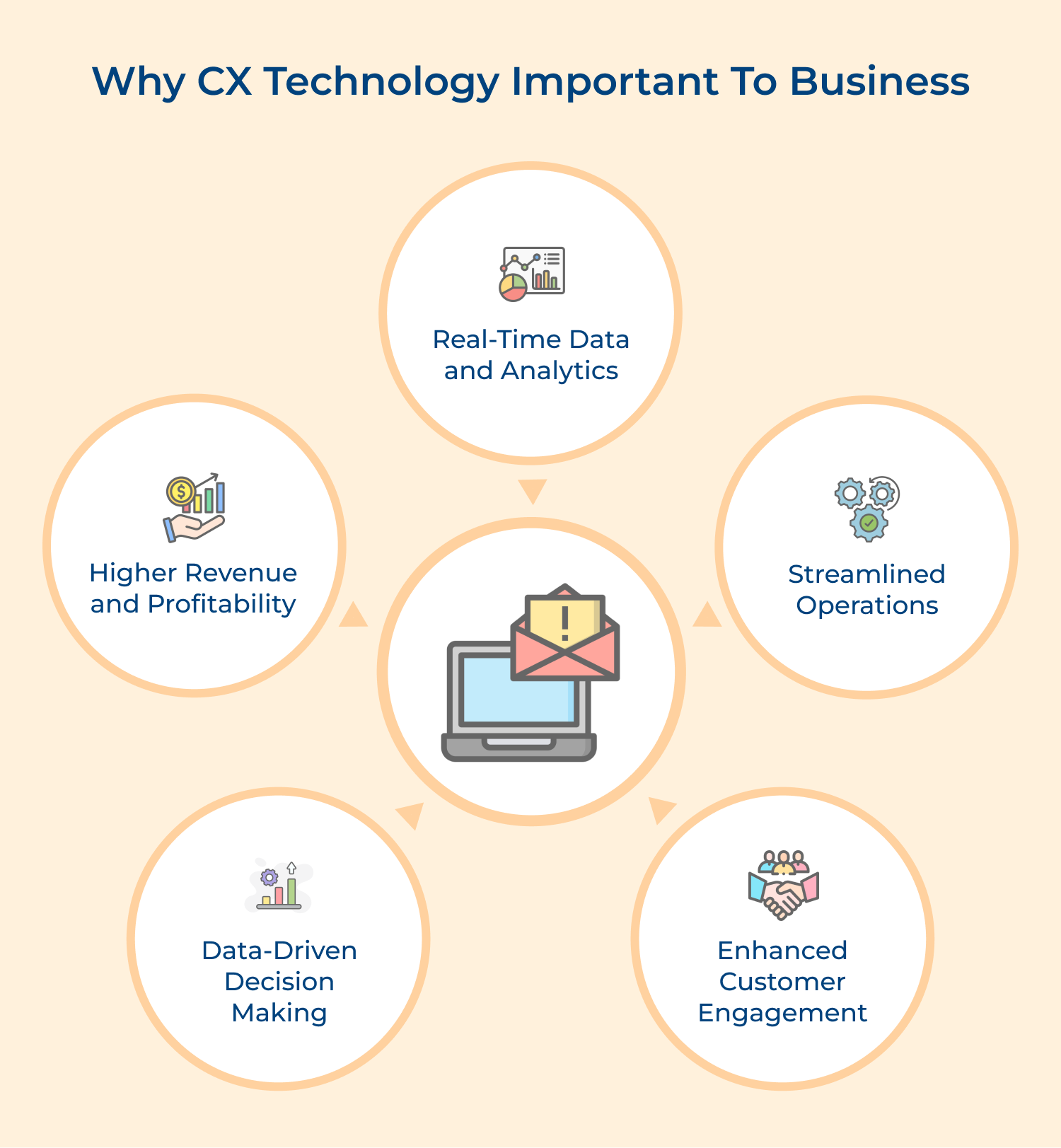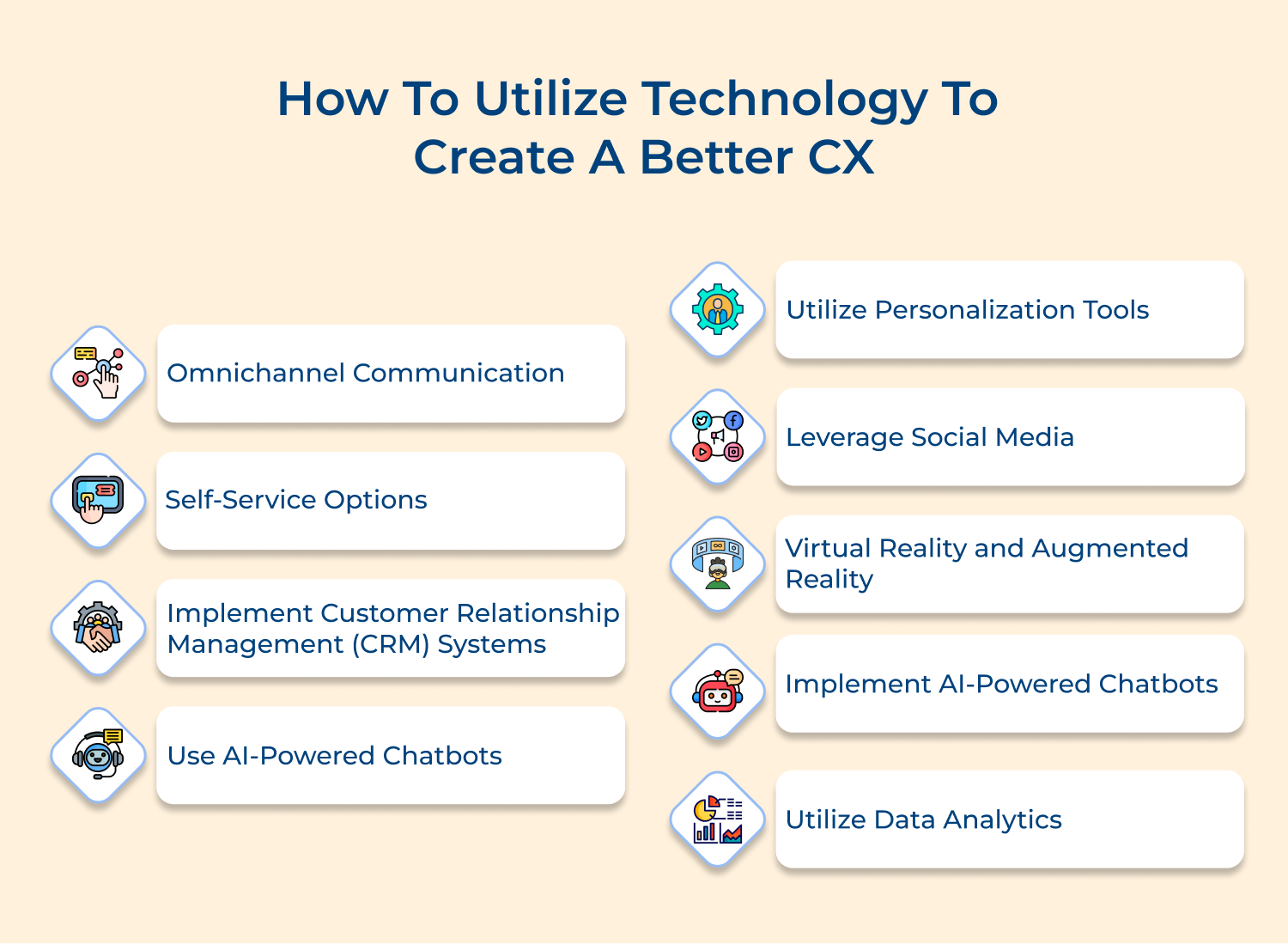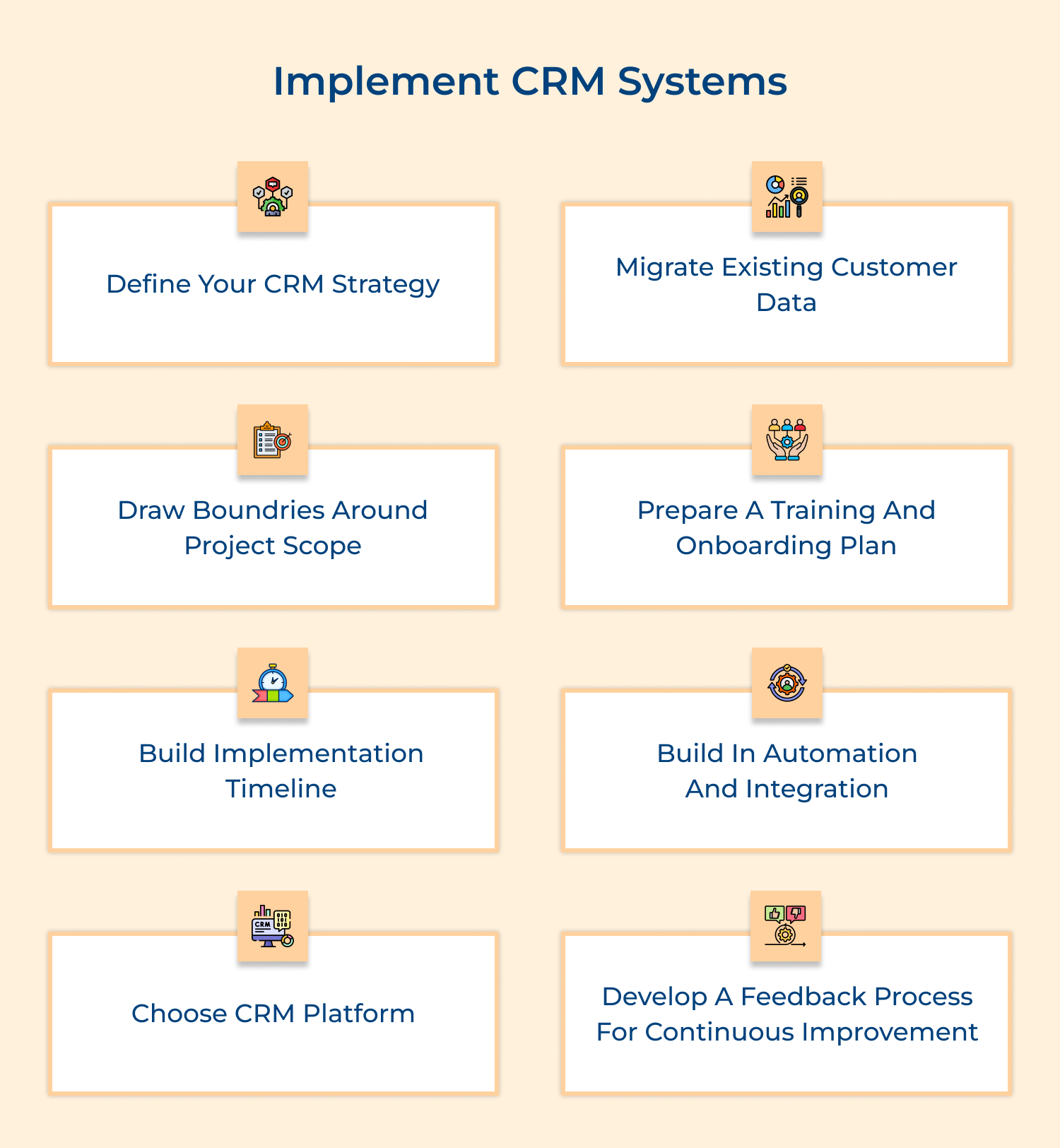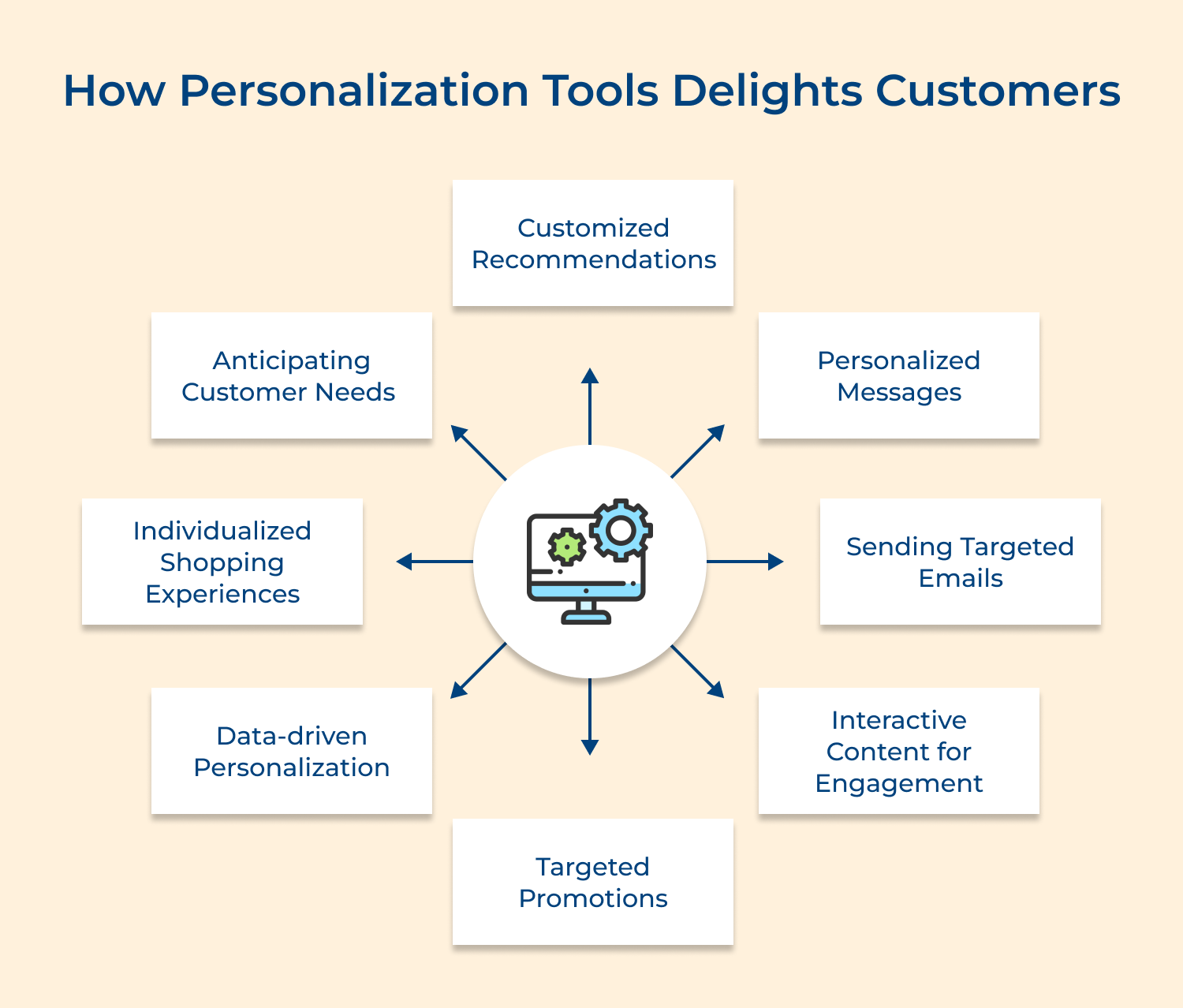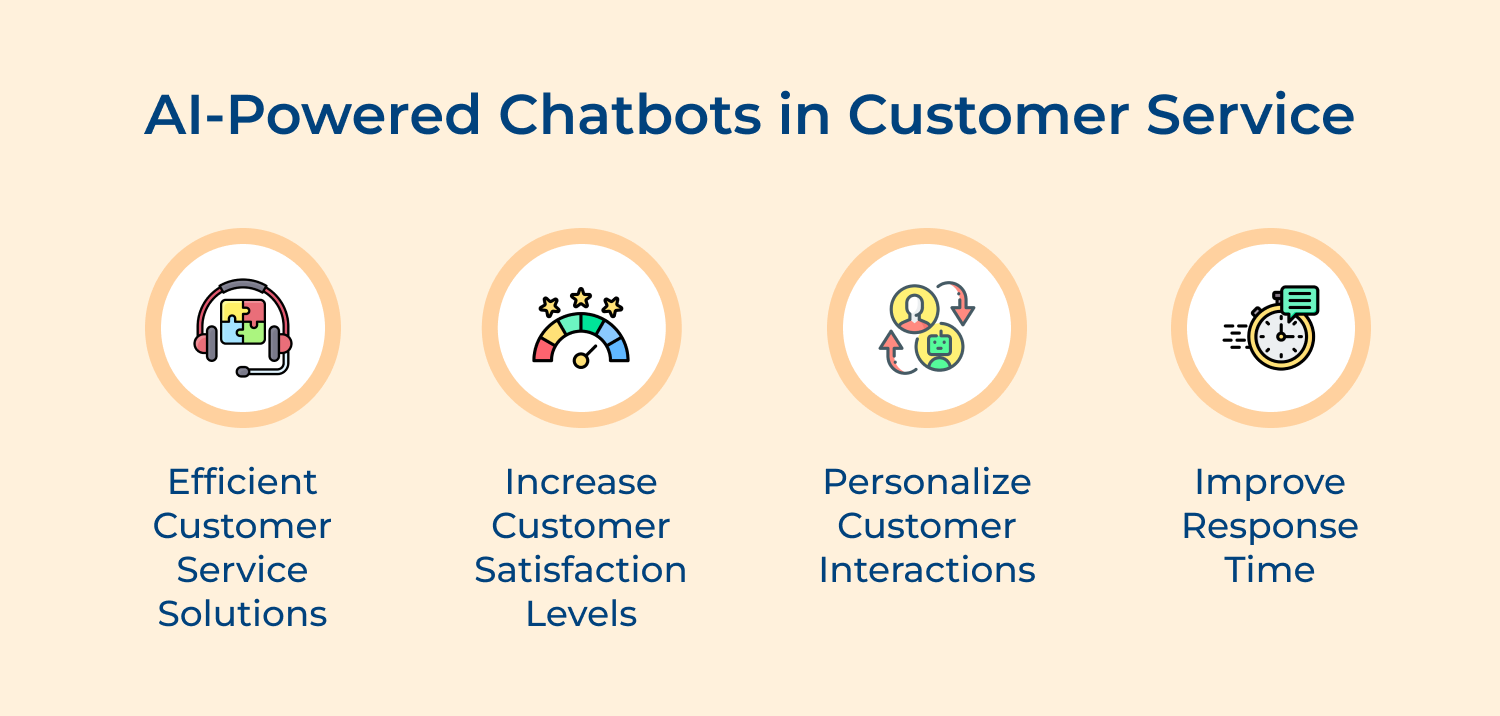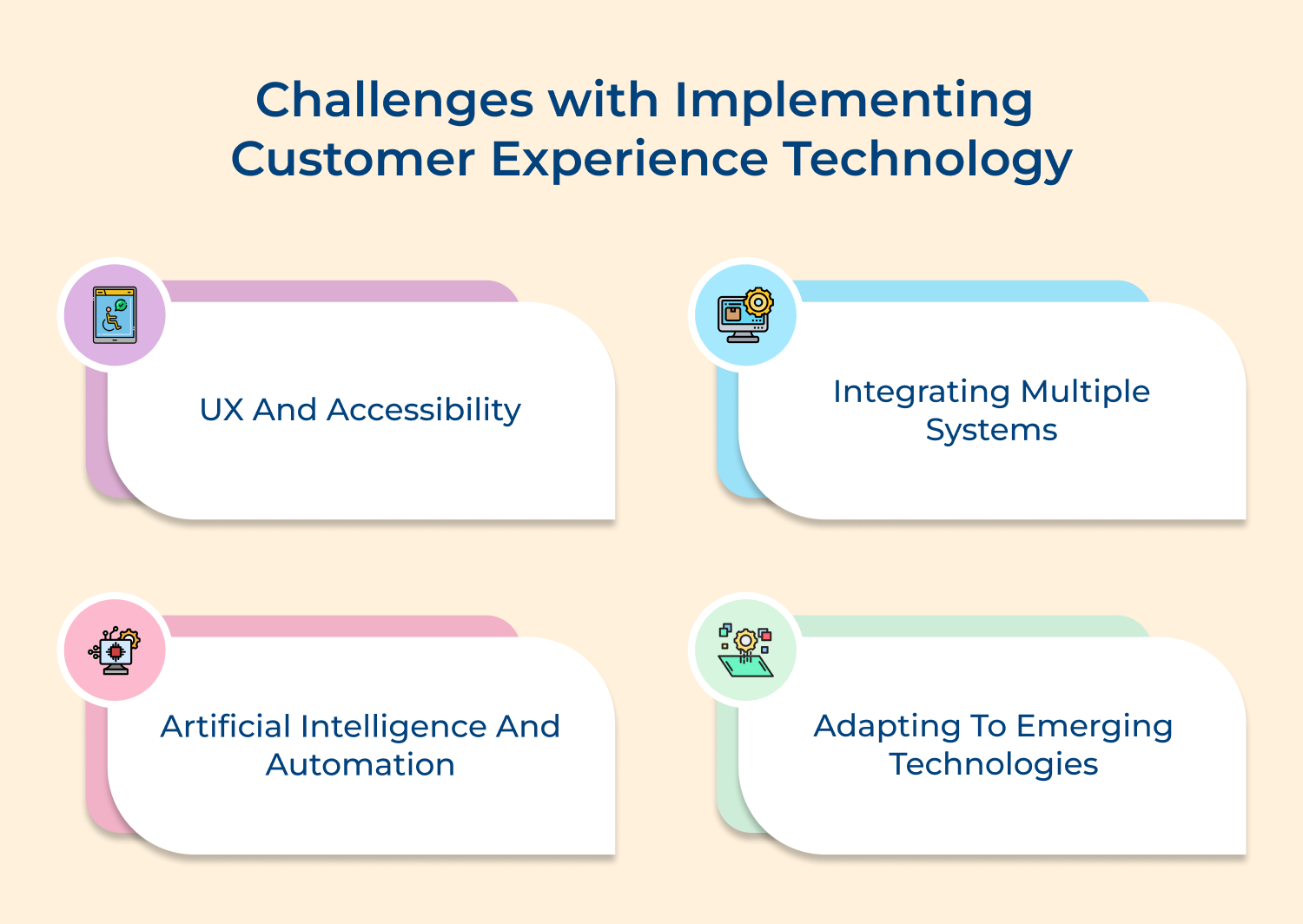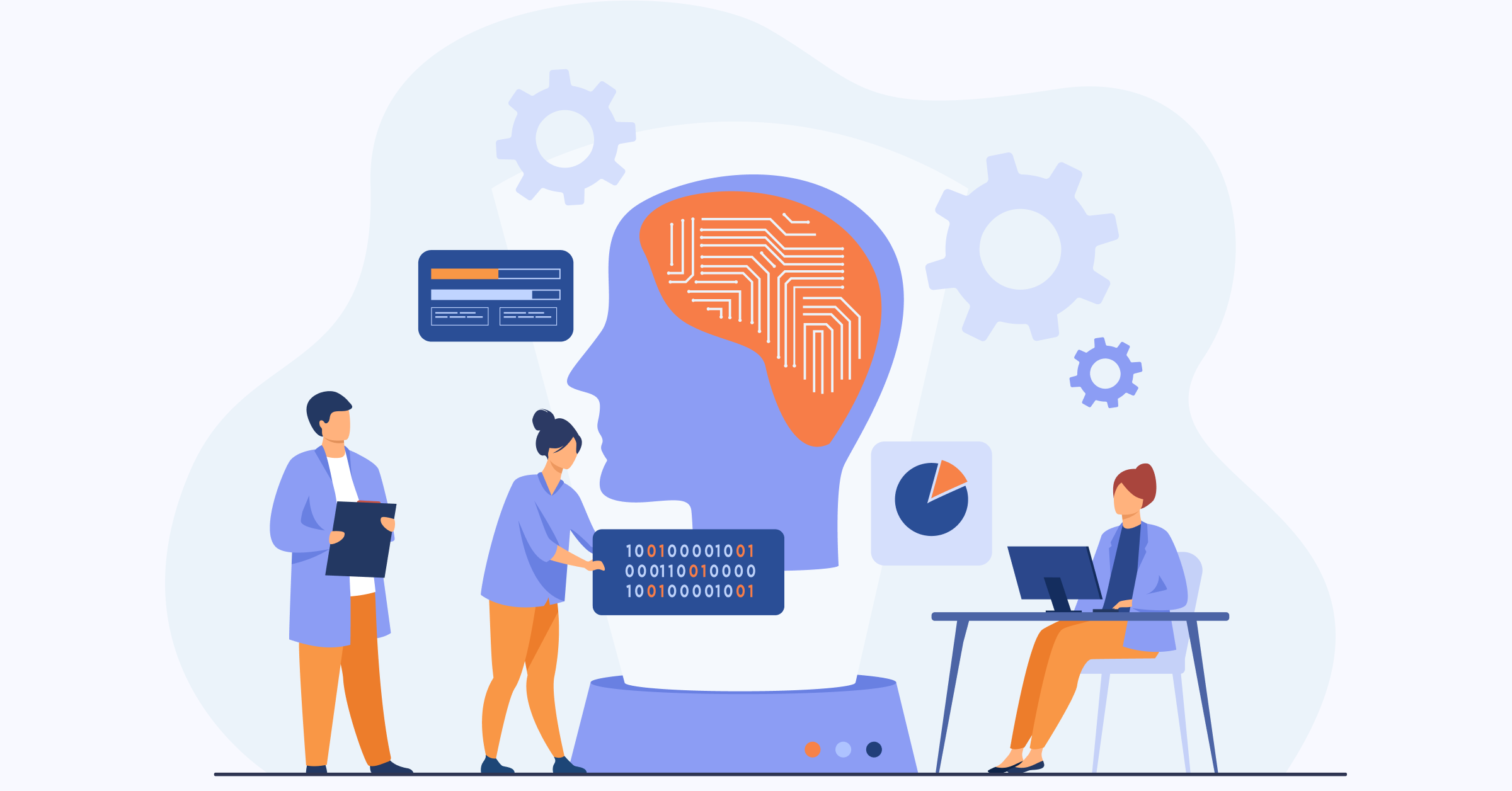1. UX and Accessibility
Technology advancements have revolutionized customer experiences, but they have also created new challenges. With the increasing use of mobile devices and voice-activated assistants, businesses must ensure their digital platforms are user-friendly while also being accessible to all customers, including those who have disabilities. Conducting regular usability tests, implementing responsive design and adhering to accessibility guidelines can enhance the user experience while ensuring inclusivity.
2. Integrating Multiple Systems
One major challenge businesses face is integrating various systems and platforms to provide a unified customer experience. From CRM and helpdesk software to e-commerce platforms & social media channels, each system often operates independently, leading to fragmented customer data as well as inconsistent interactions. Businesses should invest in an integrated customer experience platform that centralizes data and provides a holistic view of customer interactions.
3. Artificial Intelligence and Automation
Artificial intelligence (AI) and automation have revolutionized the customer experience landscape. Implementing these technologies poses its own challenges. Developing AI algorithms that can effectively understand and respond to customer queries. Automation processes that seamlessly integrate with existing workflows. Organizations should invest in skilled AI professionals and work closely with their IT teams to ensure a smooth implementation as well as ongoing optimization.
4. Adapting to emerging technologies
Technology is constantly evolving, and businesses need to stay ahead of the curve to meet customer expectations. Adopting emerging technologies like artificial intelligence (AI), chatbots, virtual reality (VR) and augmented reality (AR) can enhance customer experience. But, integrating these technologies into existing systems and training employees to utilize them effectively can be a challenge. Regularly staying updated on technological advancements and investing in employee training can help overcome the challenge.
Examples of Customer Experience Technology
Customer experience technology has become an integral part of modern businesses. Let’s take a look at some real-life examples showing effective usage of customer experience technology.
Delta Airlines: Self-Service Kiosks and Mobile Check-In
Delta Airlines has embraced customer experience technology to simplify the travel process. Self-service kiosks at airports enable passengers to check-in, select seats, print boarding passes and even tag their luggage independently. Additionally, their mobile app provides seamless mobile check-in, real-time flight updates and digital boarding passes. By providing these self-service options, Delta Airlines saves time for customers and enhances their overall travel experience.
Uber’s Real-time Tracking
Uber has transformed the transportation industry by offering real-time tracking of drivers and constant updates on arrival times. Customers can track their ride on a map and receive notifications when the driver is approaching. The technology eliminates the uncertainty and anxiety of waiting for a ride, providing a more convenient as well as transparent experience for customers.
Chatbots at Bank of America
Bank of America introduced Erica, an AI-powered chatbot, to provide customers with personalized assistance. Erica can answer questions, help with account management and provide financial insights. The technology enables customers to have 24/7 support, improving their overall banking experience. Leveraging artificial intelligence helps Bank of America ensure that their customers receive prompt and accurate assistance, overcoming the limitations of traditional customer service.
Leverage Technology to Provide Exceptional Client Experience
The success of any business often hinges on the quality of the client experience. With the increasing reliance on technology in our everyday lives, leveraging technology to provide an exceptional client experience has become a necessity for businesses across various industries.
Incorporating technology into client experience strategies is no longer an option, it has become a necessity. So, embrace the possibilities that technology offers and take your client experience to new heights. Remember, technology should be seen as a tool to enhance human interaction and relationships, ultimately leading to greater client satisfaction as well as loyalty.

